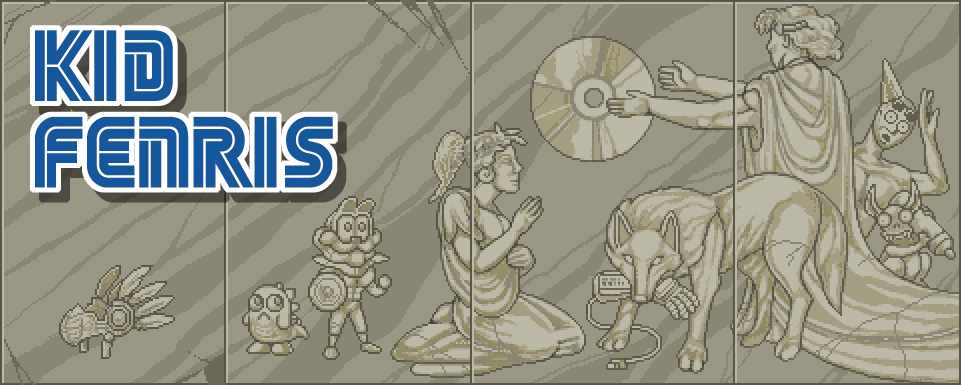Trouble Shooter, known as Battle Mania in Japan, is a charming Sega Genesis side-scrolling shooter, stitched together from two obvious sources. One is Capcom’s macho arcade fantasy-blaster Forgotten Worlds, and the other is Haruka Takachiho’s Dirty Pair line of novels and anime about bikini-clad interplanetary operatives Kei and Yuri blowing up a good chunk of space-faring civilization. Many people imitated both of these things to drab effect, but Trouble Shooter found its own identity. It’s colorful and competently made even if the gameplay is simple, and its sequel, Battle Mania Daiginjoh, is downright amazing. At the risk of perturbing Capcom diehards and the fansub kingpins of Reagan-era college anime clubs, I like Trouble Shooter more than Forgotten Worlds or any Dirty Pair adventure.

Most importantly, Trouble Shooter and Battle Mania Daiginjoh have genuine affection at their cores. It’s common for fans to declare their favorite games earnest labors of love regardless of how bland they may be, but the Trouble Shooter series truly seems to exist just because some staffers at Vic Tokai and Seibu Lease really, really wanted to make them. Rather than Xerox Kei and Yuri, they established heroine Madison (Mania in Japan) as a cranky, genre-wise mercenary and, in the American version, a slumming debutante with feminist quips. Along with her more placid and fun-loving roommate Crystal (a.k.a. Maria), she rescues a kidnapped prince who says things like “Coolness,” defeats a supervillain who turns into a giant buglike demon, and goes to even stranger places in the sequel.



